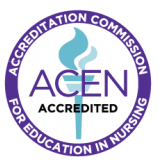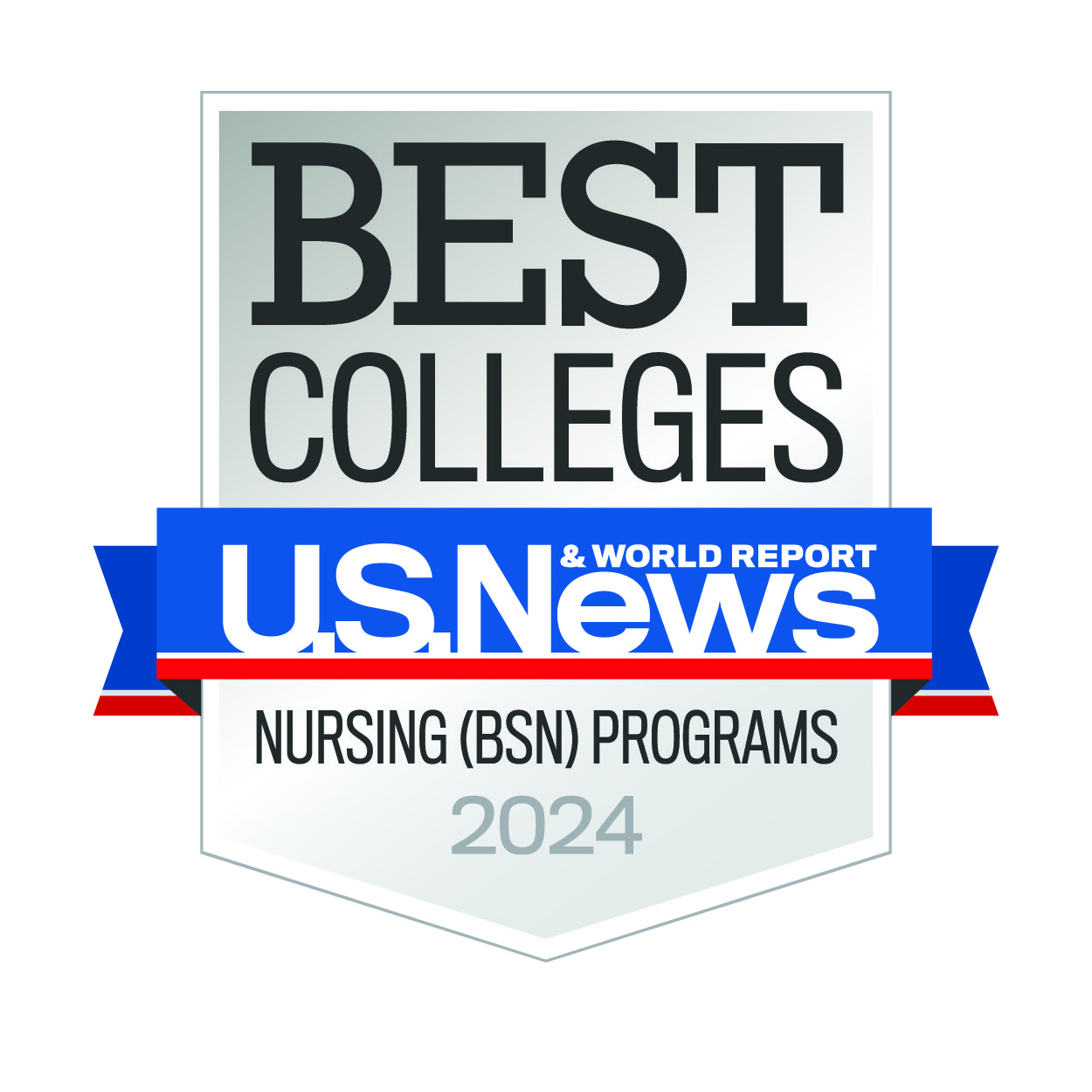Students who are applying to or who are enrolled in the nursing program must be aware of the following requirements:
Students who are considering a career in nursing should be aware that no application for initial Registered Nurse (RN) licensure will be considered by the Arkansas State Board of Nursing without state and federal criminal background checks by the Arkansas State Police and the Federal Bureau of Investigation. The Arkansas State Board of Nursing shall refuse to issue the RN license to any person who is found guilty of or pleads guilty or nolo contendere to any offense listed in ACT 1208 of 1999. For details, refer to the Arkansas Nurse Practice Act, Sub Chapter 3 – Licensing (17-87-312 Criminal Background Checks).
The UA Little Rock School of Nursing requires annual drug screens and state/national criminal background checks. Clinical agencies used for nursing laboratory may require additional criminal background checks, scheduled drug screening, and/or random drug screens for nursing students. Results of agency screening may prohibit participation in clinical. Nursing students prohibited from participation in a laboratory at a clinical agency will not be permitted to maintain enrollment in the nursing program. The UA Little Rock School of Nursing will conduct Criminal Background Checks and Drug Screenings on all fully admitted AAS students.
Students are required to possess the following skills and abilities in order to provide safe patient care in the clinical setting:
Visual ability
- Read for prolonged periods of time either hardcopy or on computer screen
- Visualize small font (6 font) written words and information on paper, computer screen and medication labels
- Distinguish and appropriately respond to multiple visual inputs
- Prepare and administer medications including correct use of small calibrated syringes (1/2 cc), ampules, etc.
- Monitor and assess subtle changes in patient status (ex: signs/symptoms, drainage, wound color/appearance, wound depth, cyanosis, etc.)
Auditory ability
- Hear monitor alarm(s), emergency signals, ringing telephones, telephone interactions, calls for assistance
- Respond and react immediately to spoken instruction and/or monitor equipment
- Tolerate occasional exposure to loud and unpleasant noises
- Distinguish changes in tone and pitch in heart, lung, and bowel sounds using a stethoscope or modified stethoscope
- Distinguish sounds and understand verbal communication in environments with multiple auditory inputs
Olfactory ability
- Ability to detect smoke and odors
- Ability to tolerate occasional unpleasant odors
Tactile ability
- Palpate for pulses, temperature, texture hardness or softness, physical landmarks, etc.
- Discriminate subtle differences between sharp/dull and hot/cold
Motor function ability
- Handle small delicate equipment/objects or hand-held devices without extraneous movement, contamination or destruction
- Move, position, turn, transfer, assist with lifting or lift and carry adult patients without injury to patient, self, or others
- Lift, push, pull or transfer (bed-to-chair, bed-to-bed) an adult or pediatric patient
- Use hands, wrists, and arms to apply up to 10 pounds of pressure to bleeding sites or when performing CPR
- Coordinate eye/hand, fine and gross motor movements
- Perform electronic keyboarding/documentation and/or extensive writing with a pen and/or pencil
- Stand, bend, walk, stoop, squat while providing patient care
Communication abilities
- Effectively read, write, comprehend, and speak the English language
- Communicate relevant, accurate, and complete information in a concise and clear manner both verbally and in writing to patients and health care members
- Communicate and function effectively in environments with multiple auditory and visual inputs
Cognitive abilities
- Perform mathematical calculations accurately for medication preparation and administration
- Make appropriate rapid decisions in stressful or emergency situations
- Manage multiple priorities and function effectively in stressful situations
- Remember multiple messages and information
- Adapt rapidly to environmental changes and multiple task demands
- Maintain concentration and focus in professional care settings

